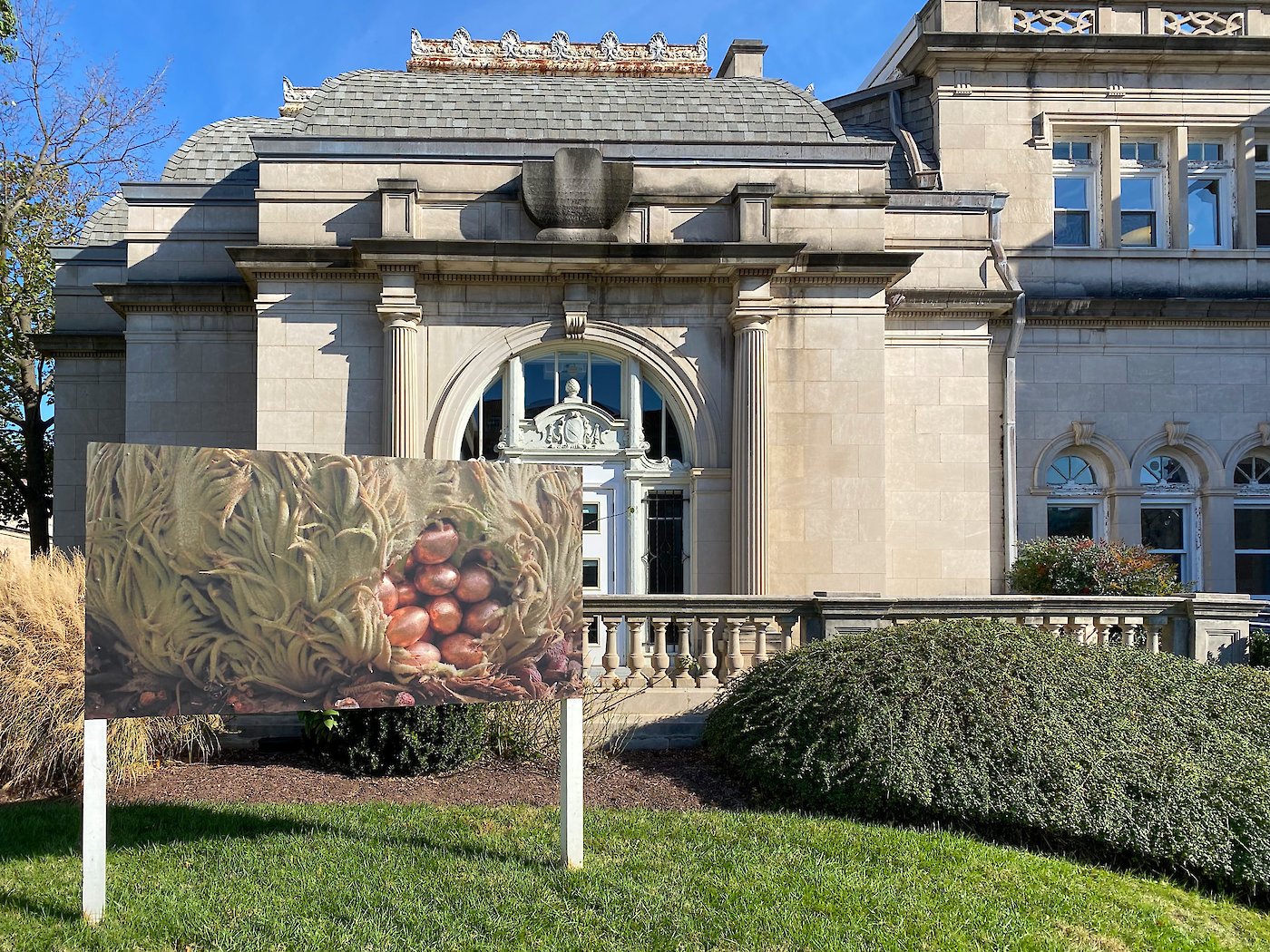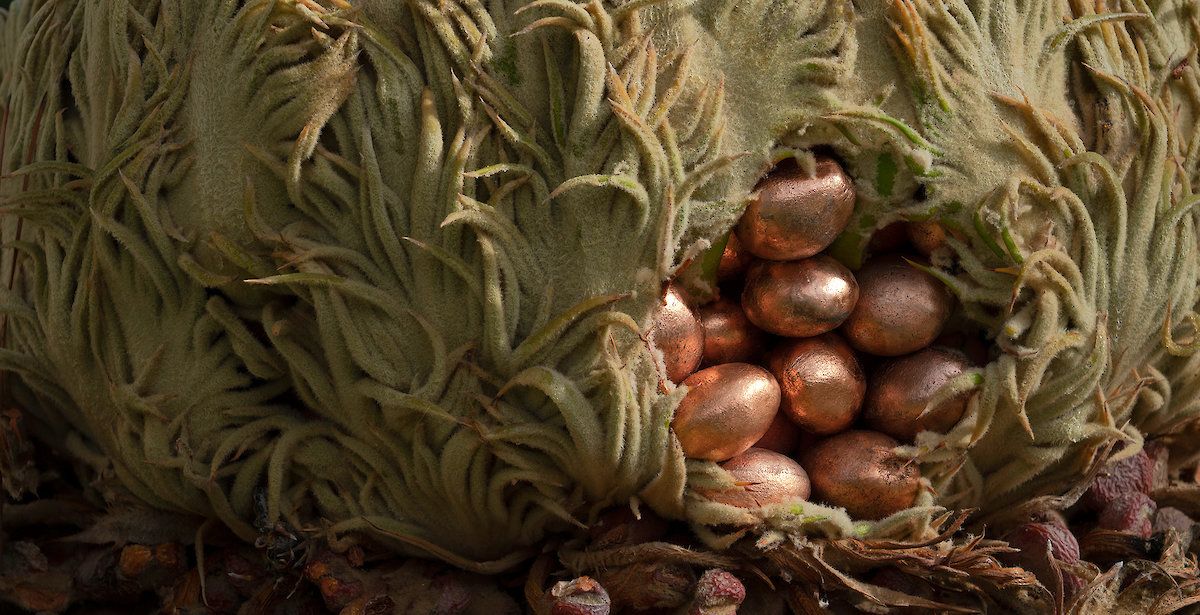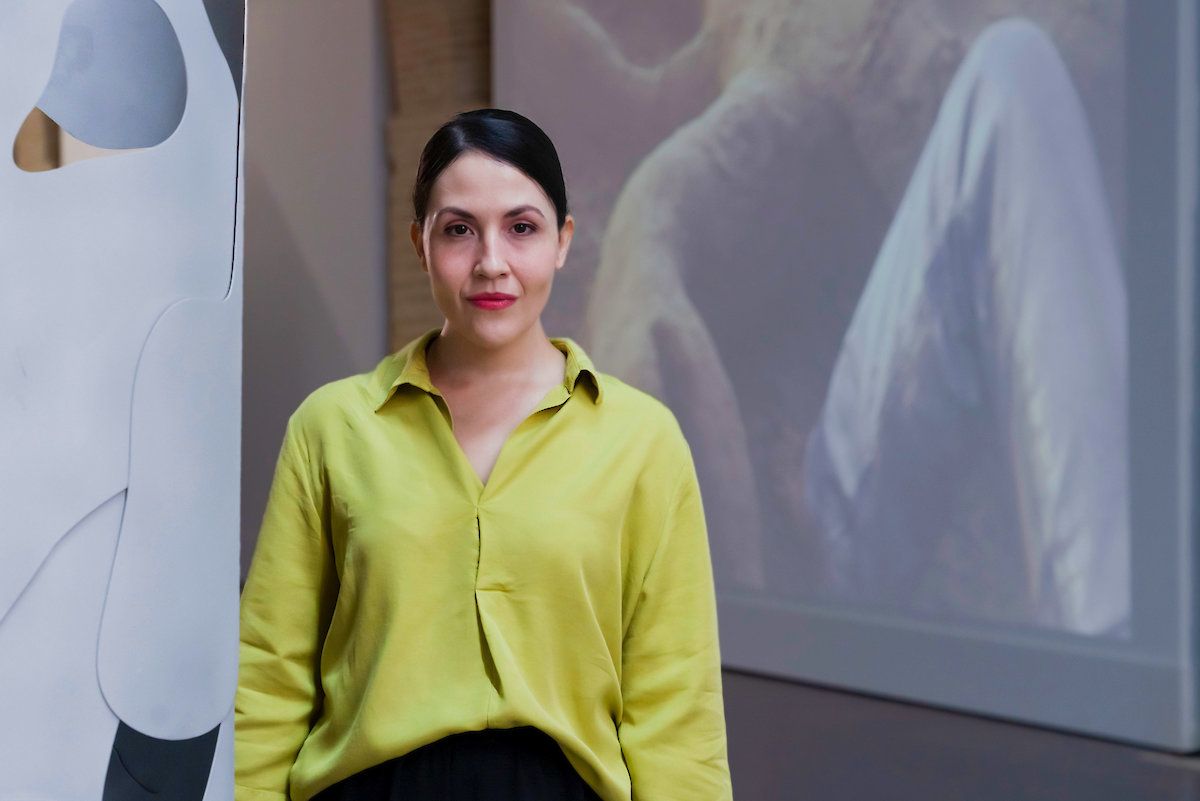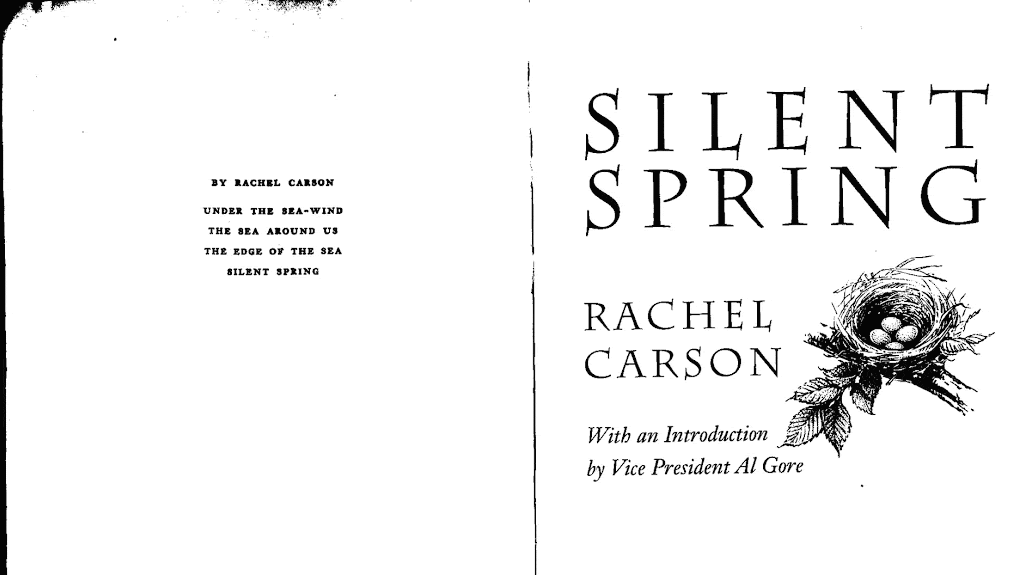Amanda Moreno
3 / 17

Diseases of Capital
What is hidden behind an image? What clues has Amanda Moreno given us in the glimpses of verdant green and in the dazzling brightness of metal?
The photographed plant is a specimen of female Cycas Revoluta, one of the oldest species on the planet. Its existence can be traced back to the Triassic and Jurassic, so it is considered a living fossil. It has been listed as one of the most toxic existing varieties. Its seeds, which look like large eggs housed in its central pouch, are the most poisonous part. Amanda Moreno performed an intervention on a specimen in which she extracted these eggs and subjected them to an electrochemical process (electro forming) in order to cover them with a final layer of copper.
The image is, therefore, that of a female body that has been infected with a high toxic load. The artist’s work is based on her research on environmental diseases, those caused by the accumulation and persistence of potentially harmful substances. In 1962, writer Rachel Carson was one of the first voices to publicly denounce this in her book Silent Spring: “For the first time in the history of the world, every human being is now subjected to contact with dangerous chemicals, from the moment of conception until death. In the less than two decades of their use, the synthetic pesticides have been so thoroughly distributed throughout the animate and inanimate world that they occur virtually everywhere.”
There are no precise toxicological data on the amount of harmful chemicals in our ecosystems, but studies estimate that it triples the number estimated by industry, which has been increasing exponentially in recent years. You can feel capitalism acting on nature and the organisms that form it. That is why we talk about sick people, but also about sick places. The slow poisoning sets in motion a series of disruptors that act on the genetic, immune and physiological systems, producing alterations in said organisms including a number of dysfunctions and even their collapse.
These damages are difficult to assess as their effects depend on each biochemical individuality. In other words, they do not manifest themselves with the same virulence or in the same way in every being, since it depends on their sensitivity. Thus, the usual quantitative and statistical data in the neutral, white, patriarchal approach to medicine does not take into account biological differences, which also creates a social gap. The female body is directly affected by this: many of the diseases caused by bio-accumulative substances, such as fibromyalgia or multiple chemical sensitivity, manifest themselves mainly in women’s hormonal system, which is more sensitive to endocrine disruption. For decades, many of these diseases have not been identified as physical neurodegenerative diseases, but as mental problems: “hysterical women’s things”.
In this reflection, Amanda Moreno turns her attention to point 3.9 of the health-related goal (SDG3) of the 2030 Agenda, which announces the intention to “substantially reduce the number of deaths and illnesses from hazardous chemicals and air, water and soil pollution.” A single note among the main points, which focus on health crises linked to reproduction, including maternal or infant care, and major pests.
There are sudden and unexpected explosions that cannot be ignored. But there are also latent, dormant evils that act relentlessly and silently and feed such explosions. As if they were the sustenance that nourishes the seeds that slumber before being attacked.
By electroplating the cyca seeds with copper, the artist poses a question: “what kind of medicine will be able to heal the sickness of nature?” To do so, she carries out an experiment in her laboratory by referring to alchemical transmutation practices. This speculative and alternative protoscience sought an integral vision between the material and spiritual domains. For centuries it collected pharmaceutical knowledge, a vegetable alchemy that was reduced in our minds to the search for eternal youth or the philosopher’s stone by different powers and their economic interests. However, at its core, alchemy sought a chemical reaction that would cause matter to change on a microscopic scale in order to achieve total natural balance.


